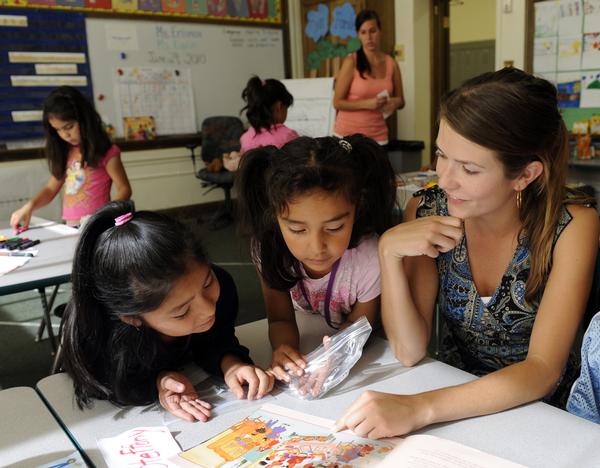Helping Kids Build Language Skills
To communicate well, children need to have a wide ‘feelings vocabulary’ and describe accurately how they are feeling or how something has affected them without resorting to offensive language or destructive physical behaviour. This helps to increase their emotional literacy – being able to recognize their feelings and those of other people, and being able to manage their feelings and the feelings that arise in their relationships.
Daily use of ‘feelings’ words helps to encourage children to use them too. With practice, children will become more articulate and expressive, enhancing their social experiences and increasing skilful handling of their relationships. Send a letter to the children’s parents explaining the work done in school and ask them to encourage the use of ‘feelings’ words at home.
When expressing feelings, saying, ‘I don’t feel well’ is not as helpful as saying, ‘I feel sick and my head hurts.’ Saying, ‘I don’t want to go to the cinema’ is not as helpful as saying, ‘I don’t feel comfortable among the crowds; they scare me.’ Saying, ‘I don’t like her’ is not as helpful as saying, ‘I feel embarrassed when I’m with her because she laughed at me when I tripped up. I feel clumsy now whenever she’s around.’
Discuss the difference between physical feelings (how children’s bodies feel) and emotional feelings (how their minds feel – although with strong emotions children also can feel them physically). Ask for examples of each and group them into positive and negative feelings? For example:
Positive emotional feelings: excited, happy, eager, proud, calm, elated.
Negative emotional feelings: anxious, frightened, sad, lonely, shy, angry, concerned, disappointed, disgusted, flustered, impatient, embarrassed.
Positive physical feelings: comfortable, alert, energetic, strong.
Negative physical feelings: cold, hot, shivery, dizzy, sick, tired, tense, weak.
Activity 1:
Ask the children to make up sentences for at least two ‘feelings’ words from each group. Explain that using ‘feelings’ words helps other people to understand them better and gets them the help and support they need if the feeling is a negative one. Discuss how, generally, negative feelings make children feel bad and positive feelings make them feel good, but that at times it’s positive to feel angry or sad – these are normal reactions to life events and help children come to terms with what has happened or strengthen them in some way.
Activity 2:
Ask the children to think of situations when a negative emotional feeling can be positive. Ask them to make up sentences to show how having those Particular feelings is helpful.
Activity 3:
Ask the children to keep a ‘feelings’ diary. They should collect ‘feelings’ words from experiencing that feeling themselves or by reading about or Seeing someone experiencing that feeling.


















